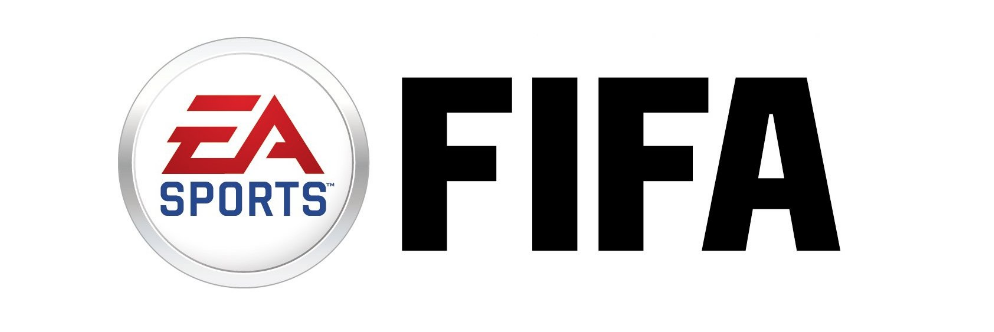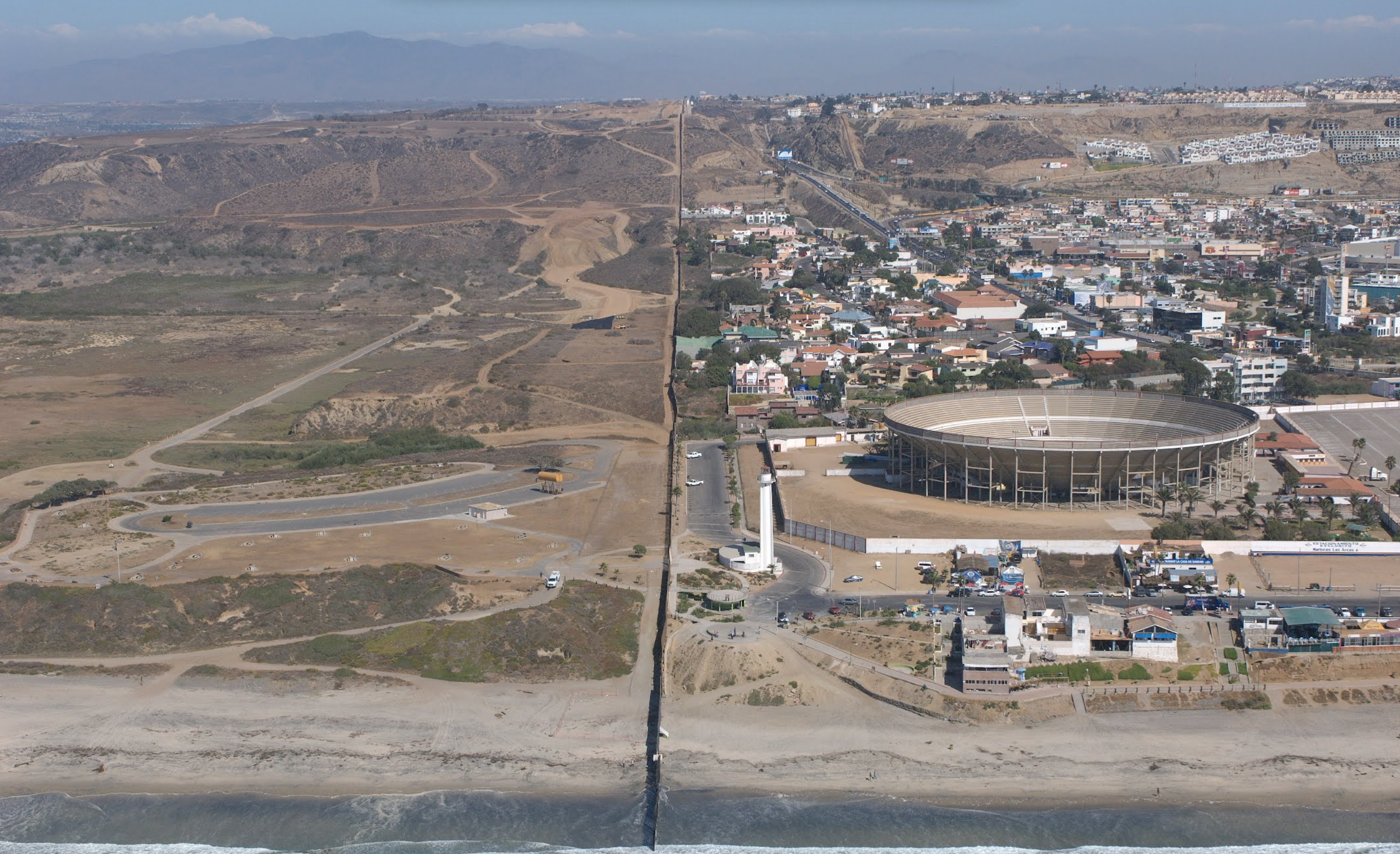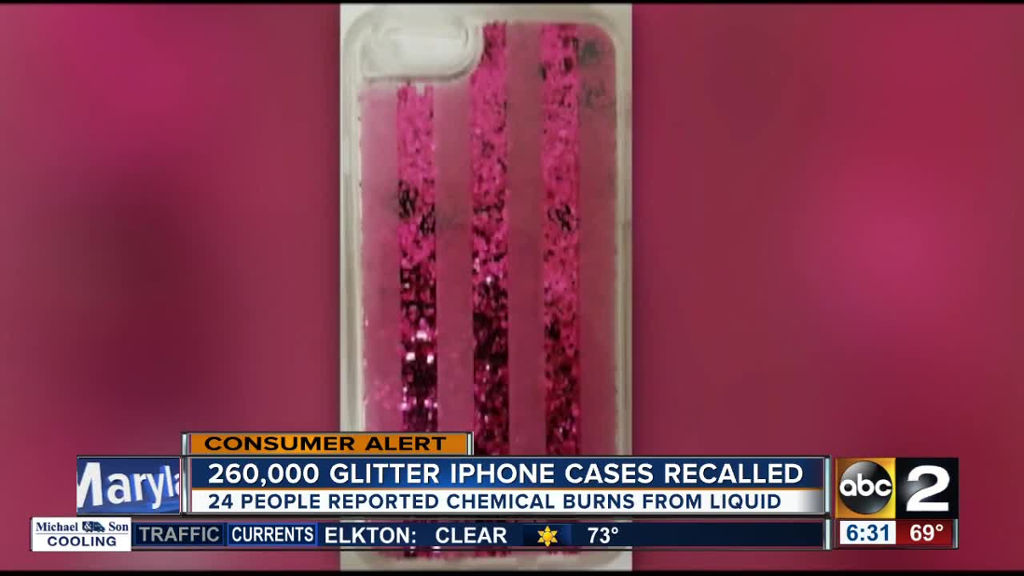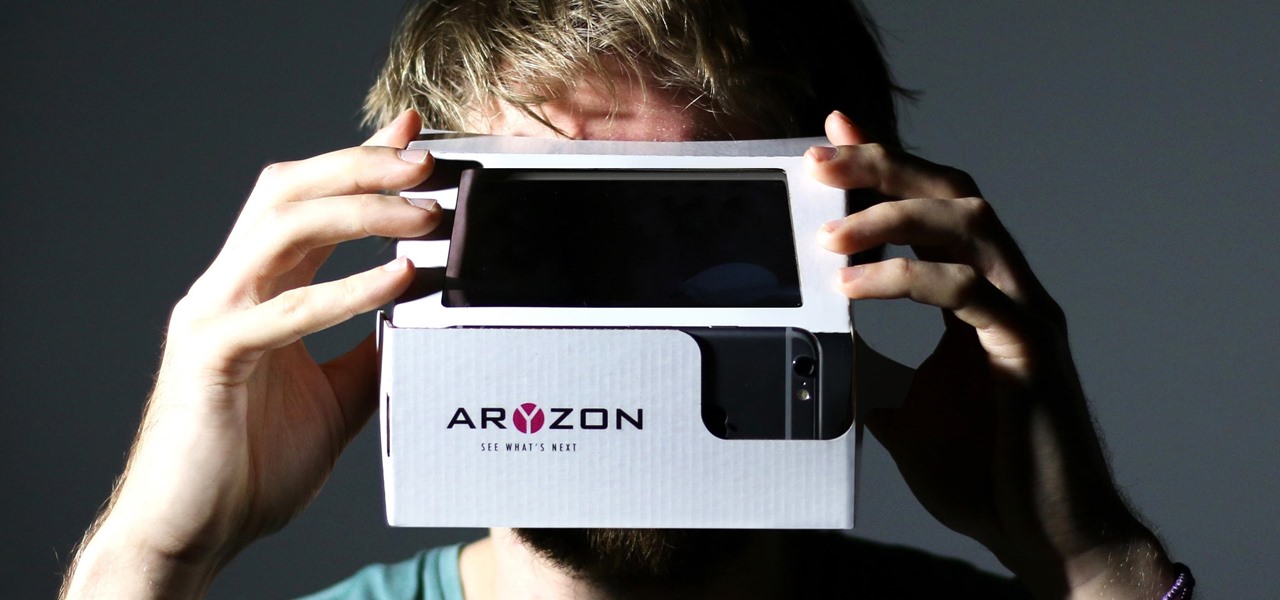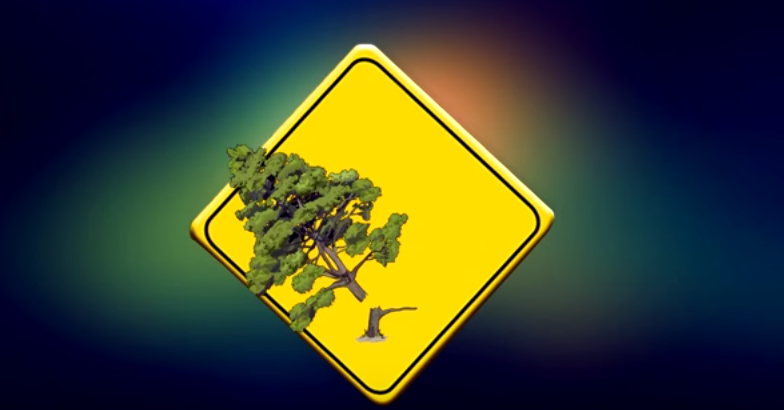A total solar eclipse, like this one seen over France, will cross the continental U.S. from coast to coast on August. PHOTOGRAPH BY CARSTEN PETER, NATIONAL GEOGRAPHIC
So dust off those binoculars, and mark your August calendar!
By
SATURN AND MOON—AUGUST 2
After darkness falls, look south for the waxing gibbous moon to pair up with Saturn. To the naked eye, the giant planet looks like a bright, yellow-tinged star. However, through even the smallest of backyard telescopes, the distant world will show off its famous rings.
Creamy-colored Saturn will seem to hang near the moon on August 2.
ILLUSTRAION BY A.FAZEKAS, SKYSAFARI
Having just made its closest pass to Earth less than two month ago, Saturn will still appear impressively big and bright through the eyepiece. A telescope will also easily reveal a 3,000-mile-wide gap in the rings known as the Cassini Division and a few of Saturn’s largest moons. By the next evening, the moon will sit to the far left of the ringed world.
PARTIAL LUNAR ECLIPSE—AUGUST 7
This evening, some lucky viewers will be able to watch as the moon skirts through the northern part of Earth’s dark outer shadow, producing a partial lunar eclipse. The entire event will take about two hours to unfold, starting at 15:50 UT and lasting til 20:51 UT. About a quarter of the lunar disk will appear to darken at the deepest part of the eclipse, which will happen at 18:20 UT.
While most of Europe and Africa will get to see part of the show after sunset, as the moon rises in the east, the best places to observe will be across India and western China, where the eclipse peaks during the late overnight hours. Eastern Asia, Indonesia, Australia, and New Zealand will witness the eclipse in the early morning hours of August 8.
PERSEID METEOR SHOWER—AUGUST 12
The iconic August meteor shower officially peaks on August 12 at 1 p.m. ET (17:00 UT), so for North Americans, the best time to watch will be Monday and Tuesday evenings. However, the meteors will be contending with the glare of a nearly full moon early on both evenings, making the pre-dawn hours possibly the best bet for observing the sky show.
The good news is that despite the lunar light, the Perseids are known to produce many bright fireballs visible from anywhere. And with backs turned to the moon, from a dark location away from city lights, you can expect to see at least one shooting star every few minutes.
MOON AND ALDEBARAN—AUGUST 16
At dawn, the brightest star-like object visible rising in the east is the planet Venus. And on August 16, the crescent moon to its upper right will be very close to the orange-hued star Aldebaran.
The moon will be very close to the orange star Albebaran on August 16.
ILLUSTRAION BY A.FAZEKAS, SKYSAFARI
This giant star, which marks the eye of the mythical Taurus, the bull, will appear to be less than three degrees from the moon. But the apparent proximity is only an illusion–while the moon is roughly 240,000 miles from Earth, Aldebaran is a whopping 65 light-years away.
VENUS AND MOON—AUGUST 19
The brilliant second planet from the sun, Venus, will have the waning crescent moon as a companion in the dawn skies on August 19. The cosmic duo should make for a stunning photo opportunity near the horizon.
TOTAL SOLAR ECLIPSE—AUGUST 21
The most talked about celestial event of the year will grace the skies of the United States on this day, as the moon covers the entire disk of the sun. The fully darkened sun will be visible for an average of two minutes to anyone inside a 70-mile-wide corridor that stretches from Oregon to South Carolina.
Learn more about how solar eclipses happen, the four types of eclipses, and how to view the sun safely if you’re within the path of totality.
All other skywatchers north and south of the path of totality will see a partial eclipse, when only part of the sun will be hidden behind the moon. That includes viewers in Canada, Central America, and parts of South America. See our map of the eclipse path to find out how much of the sun will be covered where you live.
Based on historical cloud cover statistics for August 21, the best bets for clear skies will be through the U.S. West, from western Oregon through Nebraska and into Tennessee.
Find out more about the historic event with our comprehensive guide to the total solar eclipse of 2017.
JUPITER AND MOON—AUGUST 25
On this day, glance toward the southwest soon after local sunset to check out the impressive crescent moon pairing up with Jupiter. The eye-catching conjunction should make for an amazing photo opportunity. Look closely, perhaps with binoculars, and a third celestial object, the blue star Spica, will appear just below the cosmic pair.
SATURN AND MOON (ACT II)—AUGUST 30
The blue star Spica will make a cosmic trio with Jupiter and the moon on August 25.
ILLUSTRAION BY A.FAZEKAS, SKYSAFARI
For a second time this month, the moon will pose with Saturn in the southern evening sky. Look for the celestial duo soon after sunset. And remember that as you gaze at Saturn, spinning more than 869 million miles away, NASA’s Cassini spacecraft will be getting ready to take its death dive into the planet’s thick atmosphere after touring the Saturnian system for more than 13 years.
Clear skies!
Saturn will join the moon for the second time this month on August 30.





